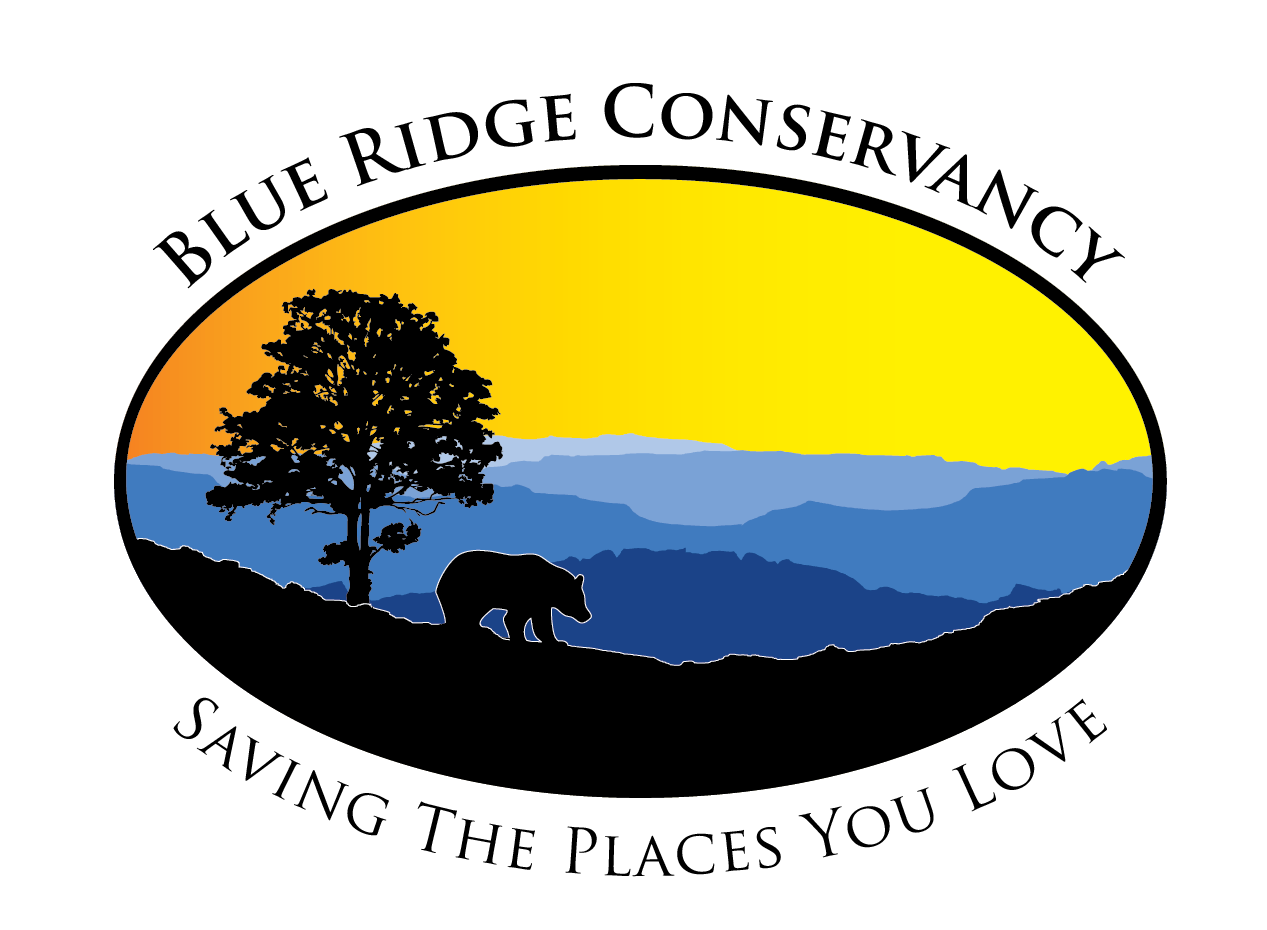Protecting Special Places in Wilkes County
Jackie Kocar understands the importance of wild spaces. That’s why she donated a conservation easement on her 18 acres of undeveloped land in Wilkes County to Blue Ridge Conservancy in 2007. To further her commitment to conservation, in 2019 she purchased and protected 8.87 adjoining acres to act as a buffer for the existing wildlife habitat so that it may remain undisturbed forever.
Blue Ridge Conservancy (BRC) is a local nonprofit organization dedicated to conserving natural resources in northwest North Carolina. BRC partners with landowners and local communities to permanently protect special places with agricultural, cultural, recreational, ecological and scenic value.
"My job brought me and my late husband John to Wilkes County in 1993 from Massachusetts," recounts Ms. Kocar. "We both grew up in different parts of the country—I in Ohio and John in Arizona. But our goal was the same, to buy as many acres as we could afford, build a house and make the property our mini nature sanctuary.
Later we began to think about how we could make sure our little haven stayed that way after we were gone. We wanted to protect this beautiful property so it would never be developed or subdivided. That’s when we donated the original easement. Then in 2019 I was able to purchase some adjoining land, which was just added to the original easement.
Nestled in the Brushy Mountains, these gently rolling acres are a perfect place to watch birds, walk the trails with my dogs, study wildflowers, listen to owls and just be at peace. But most importantly, the easement ensures that the wildlife, plants and trees will have their home here forever.
I only wish I could have been able to protect a larger tract of land. I am so grateful to BRC for being willing to do this on my small acreage, and for working with others in northwest NC to preserve our special places."
“Wilkes County and the Brushy Mountains are included in our seven-county service area, where we have protected over 21,000 acres of land,” said BRC Executive Director, Charlie Brady. “We know that protecting land has lasting health and wellness benefits for our communities who depend on clean air, fresh water and local foods. Protecting special places like Ms. Kocar’s preserves the natural and cultural heritage of this region that make the High Country such an attractive place to live and visit.”
The couple used a tool known as a conservation easement to conserve their land. This is the most traditional method for conserving private land and retaining ownership. A conservation easement is a voluntary land protection agreement between a landowner and a land trust that permanently limits uses of the land in order to protect its conservation values. It allows landowners to continue to own and use their land, and they can also sell it or pass it on to heirs.
When a conservation easement is donated to a land trust, some of the rights associated with the land become restricted. For example, you might give up the right to build additional structures, while retaining the right to grow crops. Future owners also will be bound by the easement’s terms. The land trust is responsible for making sure the easement’s terms are followed.
Conservation easements offer great flexibility. An easement on property containing rare wildlife habitat might prohibit any development, for example, while an easement on a farm might allow continued farming and the addition of agricultural structures. An easement may apply to all or a portion of the property, and need not require public access.
If you would like to learn more about land conservation or existing protected lands in northwest North Carolina, visit www.blueridgeconservancy.org.
